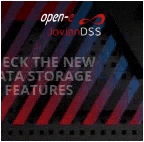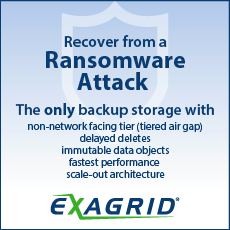R&D: SDASS, Secure Data Auditing for Sharing Matrix Based Secret Share Cloud Storage Supporting Data Dynamics
Security analyses are given to assure that proposed scheme can guarantee privacy and security of data.
This is a Press Release edited by StorageNewsletter.com on June 2, 2025 at 2:00 pmJournal of King Saud University Computer and Information Sciences has published an article written by Gaopeng Zheng, College of Software, Nankai University, Tianjin, 300380, China, Hang Gao, College of Artificial Intelligence, Tianjin University of Science and Technology, Tianjin, 300457, China, Ningxin He, and Tiegang Gao, College of Software, Nankai University, Tianjin, 300380, China.
Abstract: “While large data owners outsource their data to cloud for storage, this results in the security issues of data of all users. To provide users the means to verify whether the data is correctly and accurately stored in the cloud server or not, people have suggested many feasible scheme for data auditing. However, to cope with the problem of cloud server is still an urgently needs to be solved, therefore, we proposed a novel data auditing scheme of cloud storage for secret shares generated by sharing matrix, which is seldom discussed in present literatures. In the proposed scheme, the data owner first generates some secret shares through \(\left( k,n\right) \) sharing matrix, and then outsources these secret shares to different or the same cloud servers, then the skillfully designed protocols are provided to verify the data integrity of the cloud servers of different position, and the proposed protocols also support data dynamics updating. Moreover, mathematical analysis shows that the integrity verification of secret shares in cloud server can be obtained by the collaboration fulfillment of data verification in other cloud servers. Security analyses are given to assure that the proposed scheme can guarantee the privacy and security of data. The discussions and comparisons with some available methods are presented to show that lower computation cost and better performance are obtained for the proposed protocols.“













 Subscribe to our free daily newsletter
Subscribe to our free daily newsletter

